Tagged With Wildlife Interaction
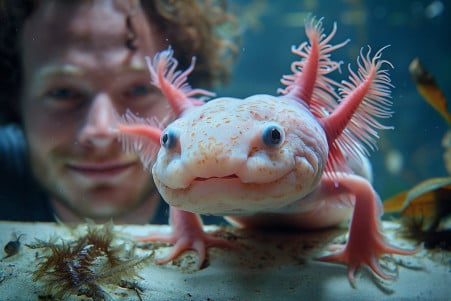
Can You Hold an Axolotl? Understanding Safe Axolotl Handling
17 March 2024
Handling axolotls can be detrimental to their well-being; instead, find out how to take care of them, the least you can handle them, tank requirements, and the ethics of their conservation.
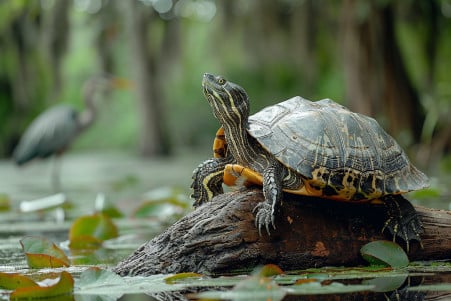
What Eats Turtles? Exploring Predators in Marine and Terrestrial Habitats
16 March 2024
Predators of turtles in different ecosystems, how they influence the turtle population, and why it's important to work to conserve turtles.
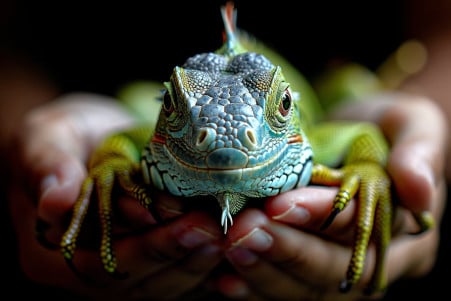
Do Iguanas Bite? Understanding Risk and Prevention
15 March 2024
This article discusses iguana behavior and biting, including how to recognize aggression, how to handle iguanas, and the importance of care and environment.
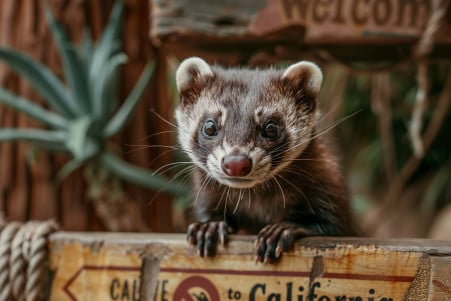
Why Can’t You Have a Ferret in California? The State’s Ban Explained
11 March 2024
The ferret ban in California is due to worries about rabies and the threat of invasive species, which is in line with the state’s stringent public health and environmental regulations.

Why Do Birds Eat Grass Seed? Understanding Bird Diets and Grass Seed in Lawns
11 March 2024
Impact of birds on grass seed growth and strategies to protect seeds while supporting bird conservation and ecosystem health.

Why Do Rabbits Eat Their Babies? Understanding Maternal Behavior in Rabbits
7 March 2024
This article discusses rabbit maternal infanticide, including reasons such as stress, malnourishment, and mistaken identity, as well as ways to avoid it through environmental and dietary changes.

What Eats Snails? A Look at Their Predators and Place in the Ecosystem
7 March 2024
Snail predators consist of birds, mammals, reptiles, and amphibians, and they play a role in population and biodiversity.
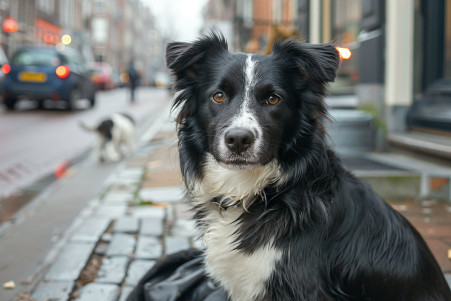
What Is ‘Curb Your Dog’? The Meaning and Impact of the Phrase
7 March 2024
This article discusses the meaning of “curb your dog”: where the term comes from, what it means for public health, how it impacts the environment, and the importance of pooper-scooper laws in keeping cities clean.
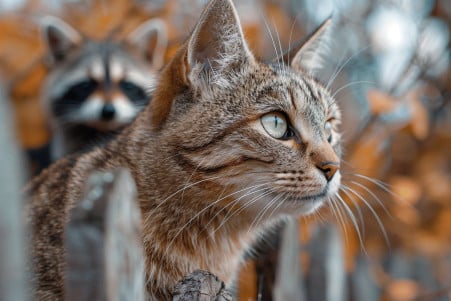
Do Raccoons Kill Cats? Understanding the Risk and Protective Measures
3 March 2024
Raccoon and cat interactions: potential for conflict, disease, and how to keep the peace.

What Do Owls Eat? A Look at Owl Predation
2 March 2024
The barn owl's diet consists mainly of rabbits, which demonstrates how hunting behavior has affected rabbit numbers and the relationship between predators and prey in an ecosystem.
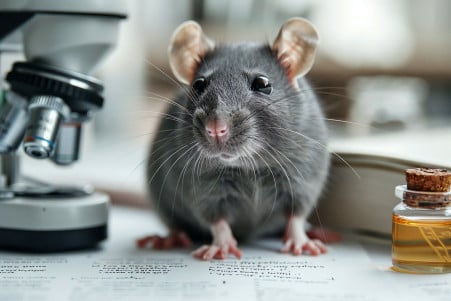
Do Rats Have Rabies? Unpacking Rodent Risks and Research
1 March 2024
Knowing how uncommon it is for rats to have rabies, how unlikely they are to give it to a person, and the biology that explains these things.
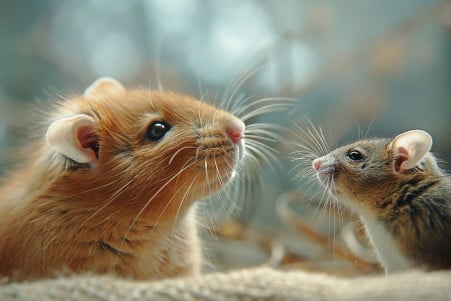
Why Do Rats Eat Mice? An Investigation into Rodent Predation
1 March 2024
Muricide is a result of environmental factors, competition, and the activation of certain parts of the brain that are associated with predatory aggression.